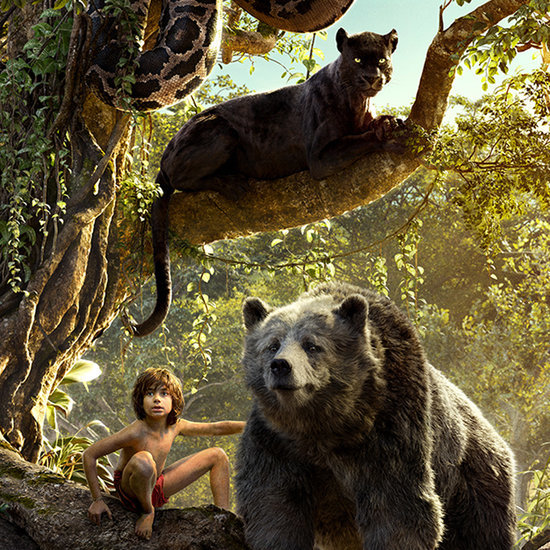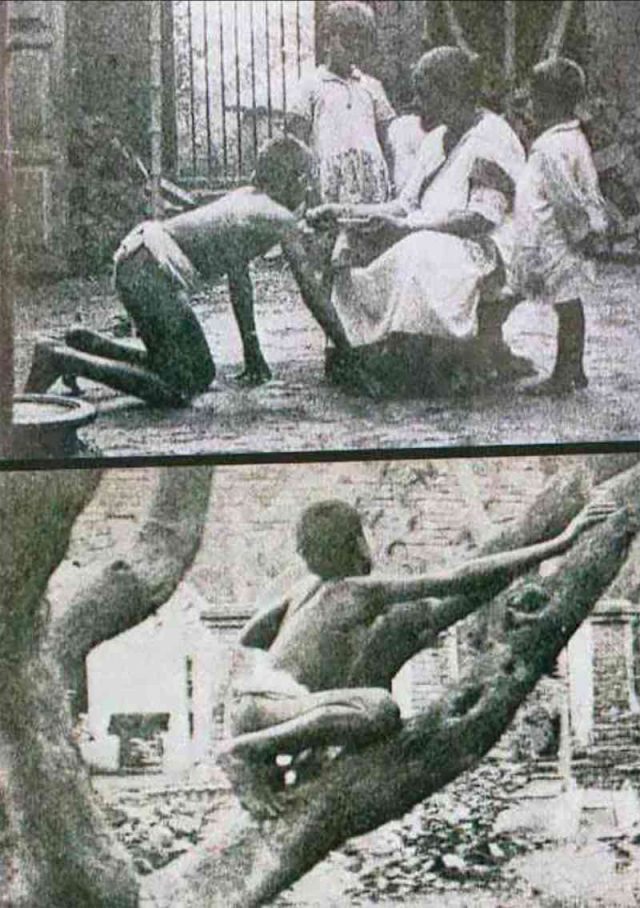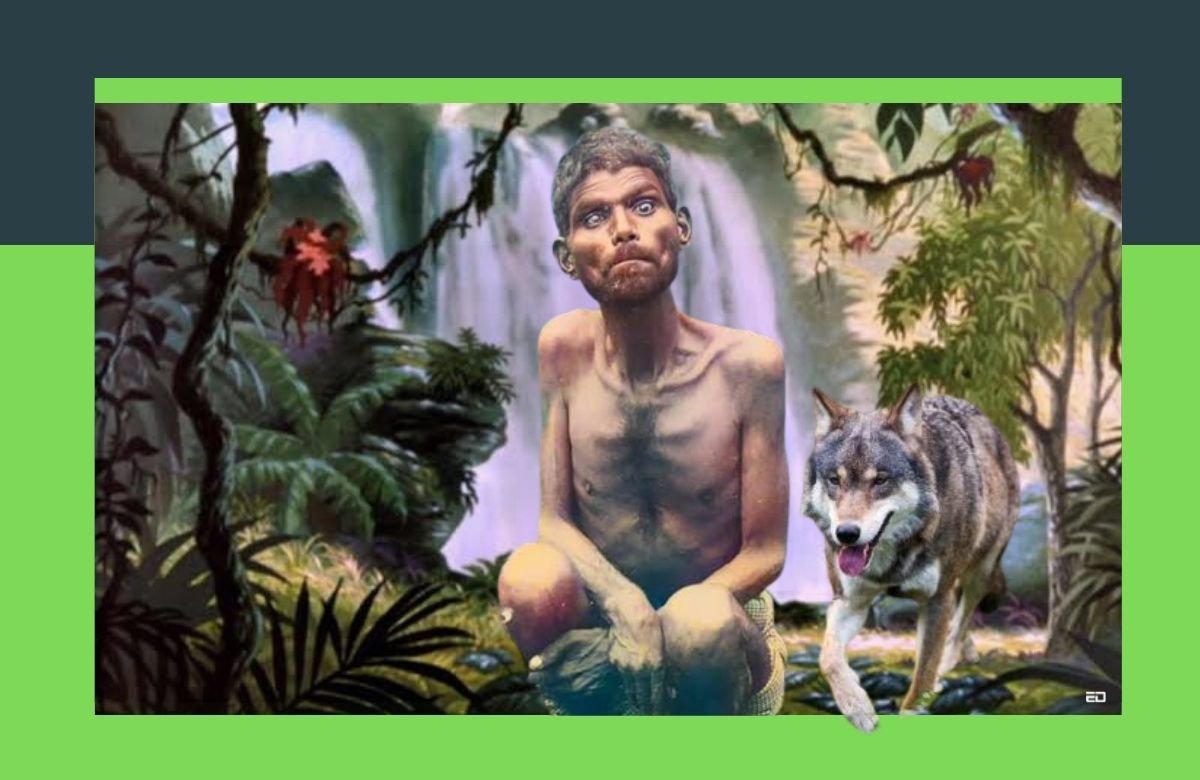When I used to be a kid, my mom would read me stories from the most beloved folklore of all time among children – The Jungle Book by Rudyard Kipling.
Be it the witty banter between Baloo the bear and Bagheera the black panther, or the bravery that the kid of the forest – Mowgli puts up against the tiger Sher Khan, Jungle Book has always been a treat for those who have a penchant for a wild imagination. It is majestic but adventurous, exciting but sensitive.
The Jungle Book revolves around the stories of an Indian boy named Mowgli and how he is raised by wolves and learns self-sufficiency and wisdom from the jungle animals. The book describes the social life of the wolf pack and, more fancifully, the justice and natural order of life in the jungle.

Now, the Jungle Book by Rudyard Kipling was first published in 1894. However, what is unknown to most of the mass is the inspiration behind such a collection of stories.
Read More: The Jungle Book- U/A Certificate, Bajirao Mastani- U Certificate. Confused? Let ED Review Tell You
Dina Sanichar – The Real-Life Mowgli
Just like Mowgli, the hero of Rudyard Kipling’s famous work The Jungle Book, Dina Sanichar was an Indian feral boy who was raised by the wolves. He was first spotted in the jungles of Uttar Pradesh in 1867 by a group of hunters who witnessed him walking around on all fours and following after a wolf companion.
With their curiosities piqued, the hunters did everything they possibly could to get some alone time with the boy. After the failure of the various attempts of luring him out from the den of the wolf, they managed to smoke him out along with his wolf companion.

However, unlike the book, the hunters put down the wolf in front of Dina Sanichar and without any precedence, he was carried off with them. While Mowgli was welcomed to the human world by a friendly young girl, no such kindness was extended to Dina Sanichar.
The hunters abandoned Dina in an orphanage where the missionaries took it upon themselves to baptize him. He was given the name “Sanichar” which loosely translates to “Saturday” because that was the day he was brought to the orphanage.
Dina struggled in his new life and was considered an imbecile, though he did demonstrate the ability to reason and was noted to be occasionally keen at performing certain tasks. Sadly, Dina never learned to speak or write. But it wasn’t for a lack of trying.
Over the course of his life, multiple attempts were made by those around him to teach him to talk but it was all for naught. The only way he communicated was by making animal noises.
Struggles Of The Wolf-Child On Being Forced Into Society
Dina Sanichar absolutely hated wearing clothes and shoes. One would imagine that being in society would fan certain curiosities and give rise to a want for a better livelihood but such was not the case for Dina. He absolutely refused to learn a language too.
In fact, when he was first brought into the orphanage, he refused to eat cooked food. Dina liked his meat raw and after dining, he would engage in the decidedly animalistic practice of gnawing on the bones to sharpen his teeth.

Dina had a difficult time relating to other humans and while he never grew into a social maven, he did eventually form a friendship with a fellow feral child who lived at the orphanage. Both of them developed a bond whose foundations were empathy and helped each other.
However, Dina did pick up a human habit – smoking tobacco, which goes without saying that not only is it dangerous but a risk to life. He enjoyed smoking and quickly became addicted to it.
Dina Sanichar died owing to tuberculosis, much of whose origin can be traced back to his smoking habits.
Other Feral Children Found In India
Dina Sanichar wasn’t the only wolf-child who appeared in India in the late 19th century. In 1892, a missionary found a feral child in the Jalpaiguri region. The next year, another one was discovered near the city of Dalsingh Sarai.
This child had a great appetite for eating frogs. That being said, plenty of feral children were found in the following years but Dina’s story was the only one that caught Kipling’s eye.
To conclude, these children were absolutely feral and did not wish to be integrated back into society. And maybe, they would’ve had a better chance at surviving had we left them just as they were.
Image Sources: Google Images
Feature Image designed by Saudamini Seth
Sources: India Times, BBC, Britannica
Find the Blogger: @Rishita51265603
This post is tagged under the jungle book, Rudyard Kipling, true story, inspiration behind The Jungle Book, Dina Sanichari, wolf-child, Indian, Madhya Pradesh, orphanage, hunters, raised by wolves, wolf-children, tuberculosis, smoking
Disclaimer: We do not hold any right, copyright over any of the images used, these have been taken from Google. In case of credits or removal, the owner may kindly mail us.
More Recommendations:
From Jungle Book To Chhota Bheem, How Cartoons And Movies Have Showcased Racism Over The Years




































